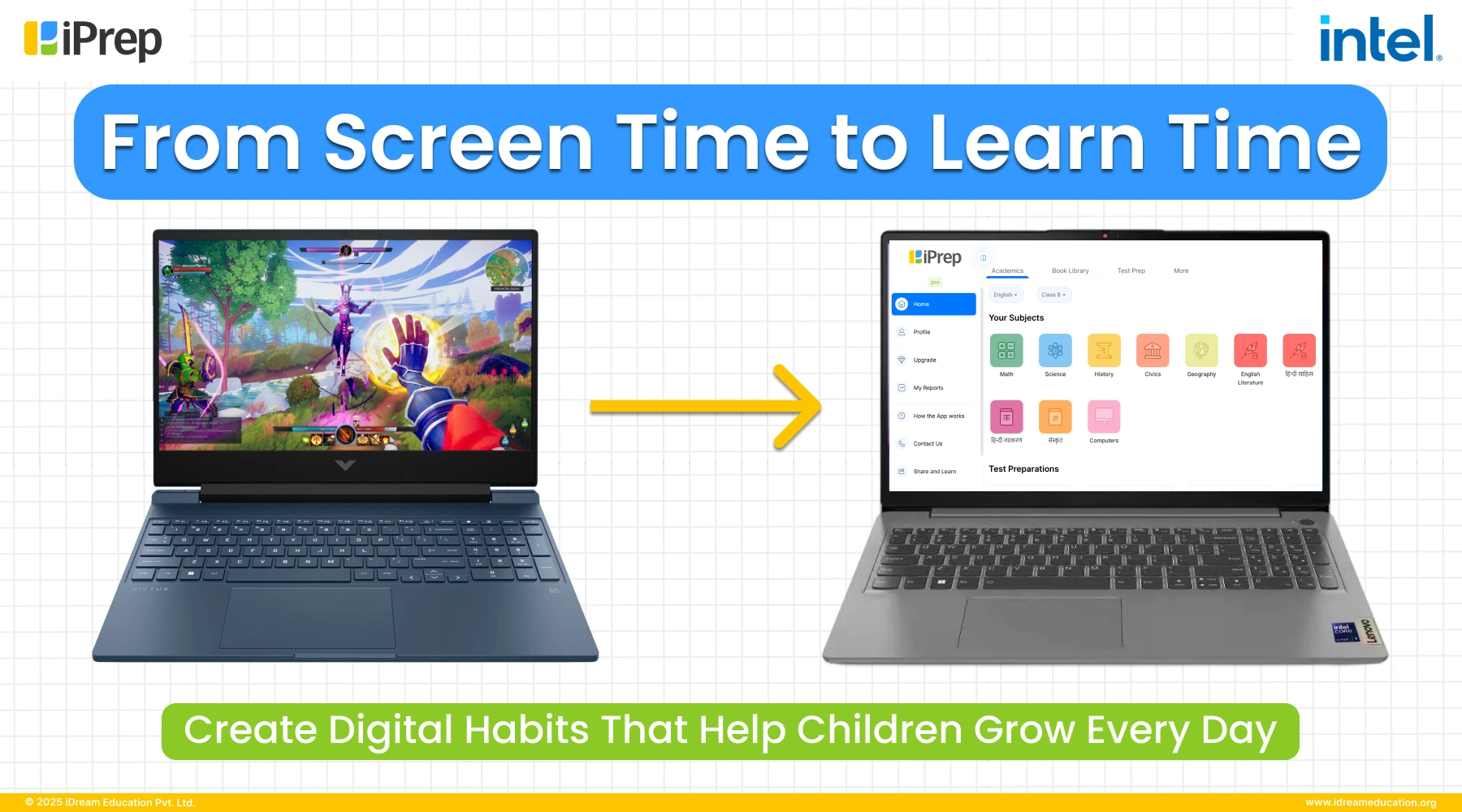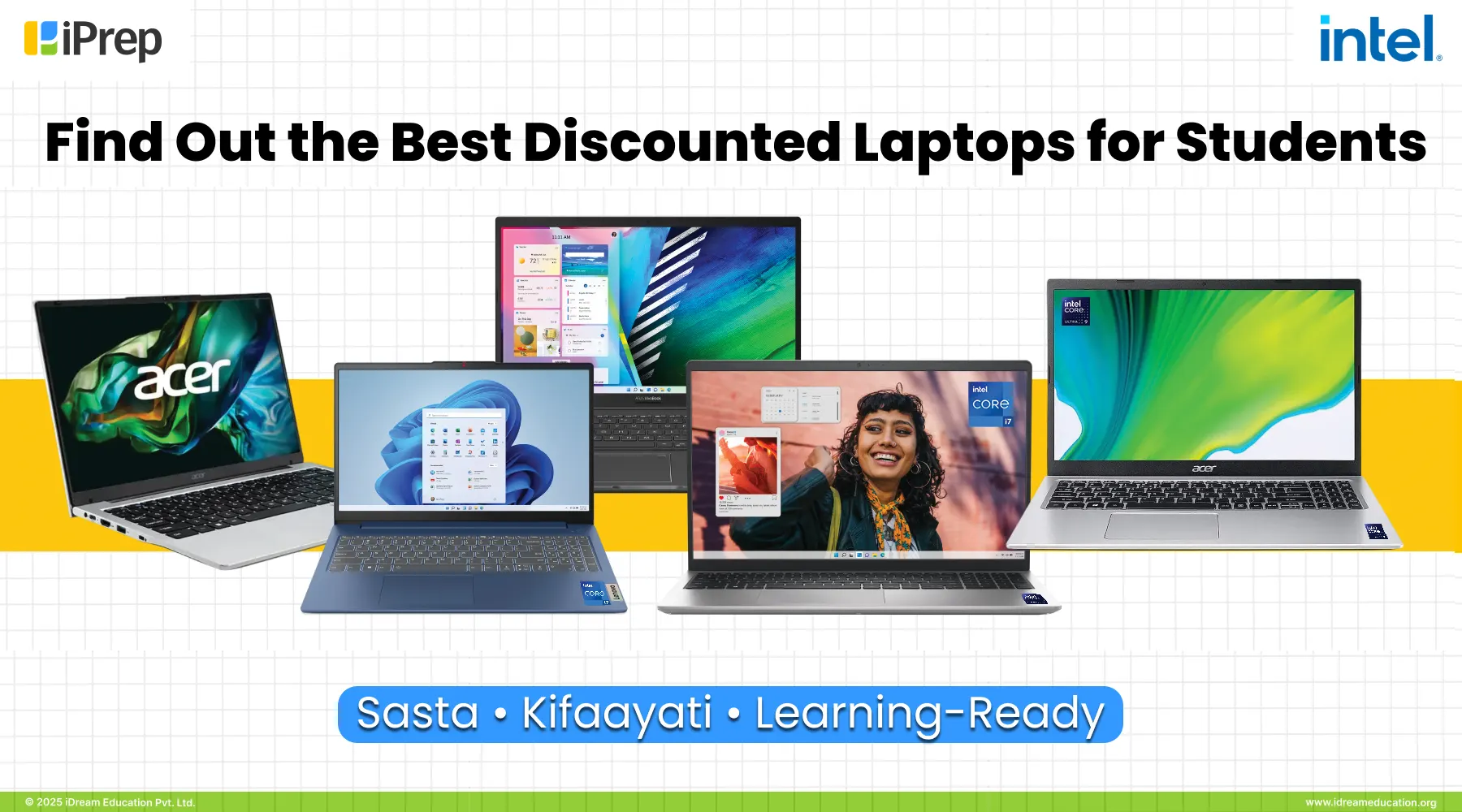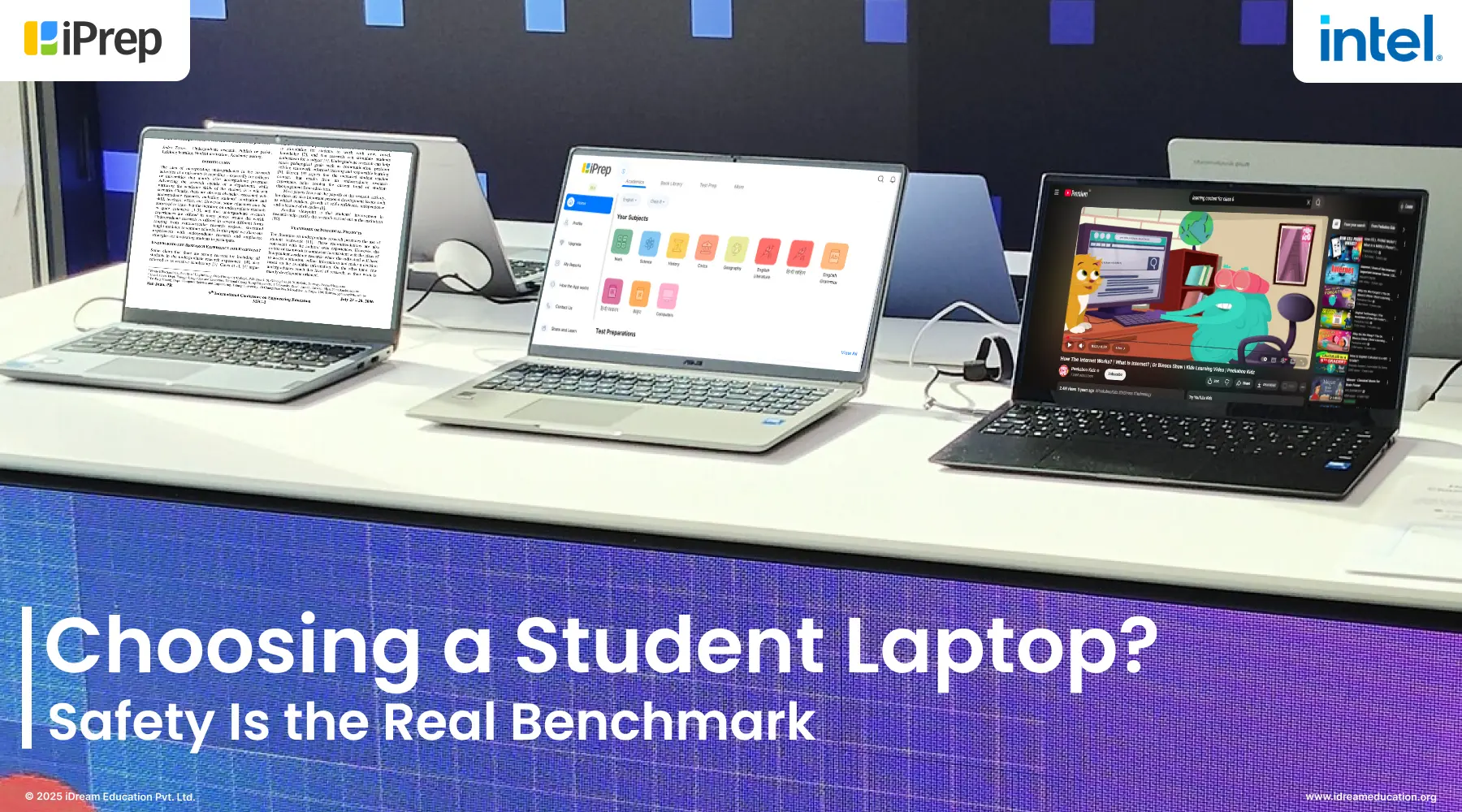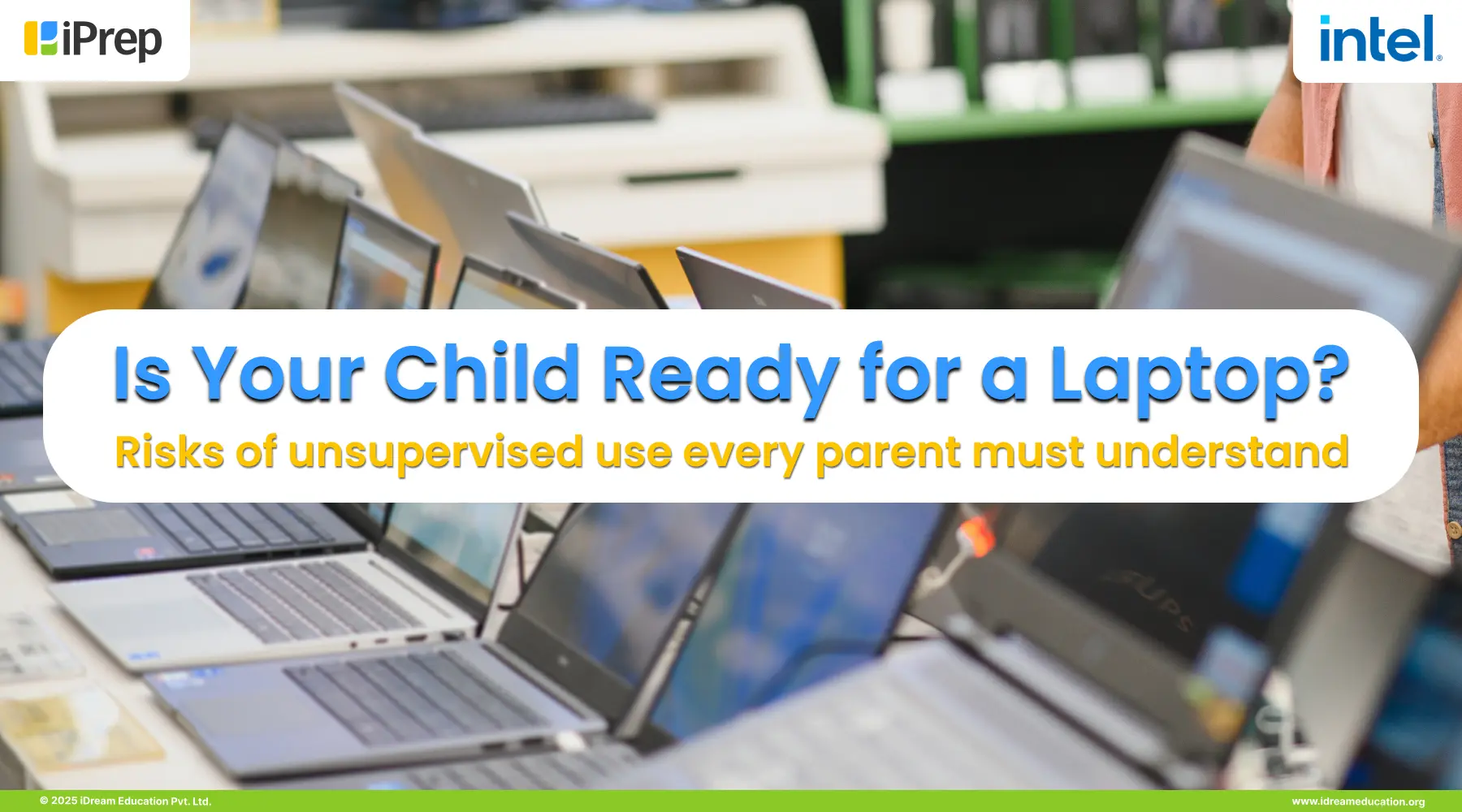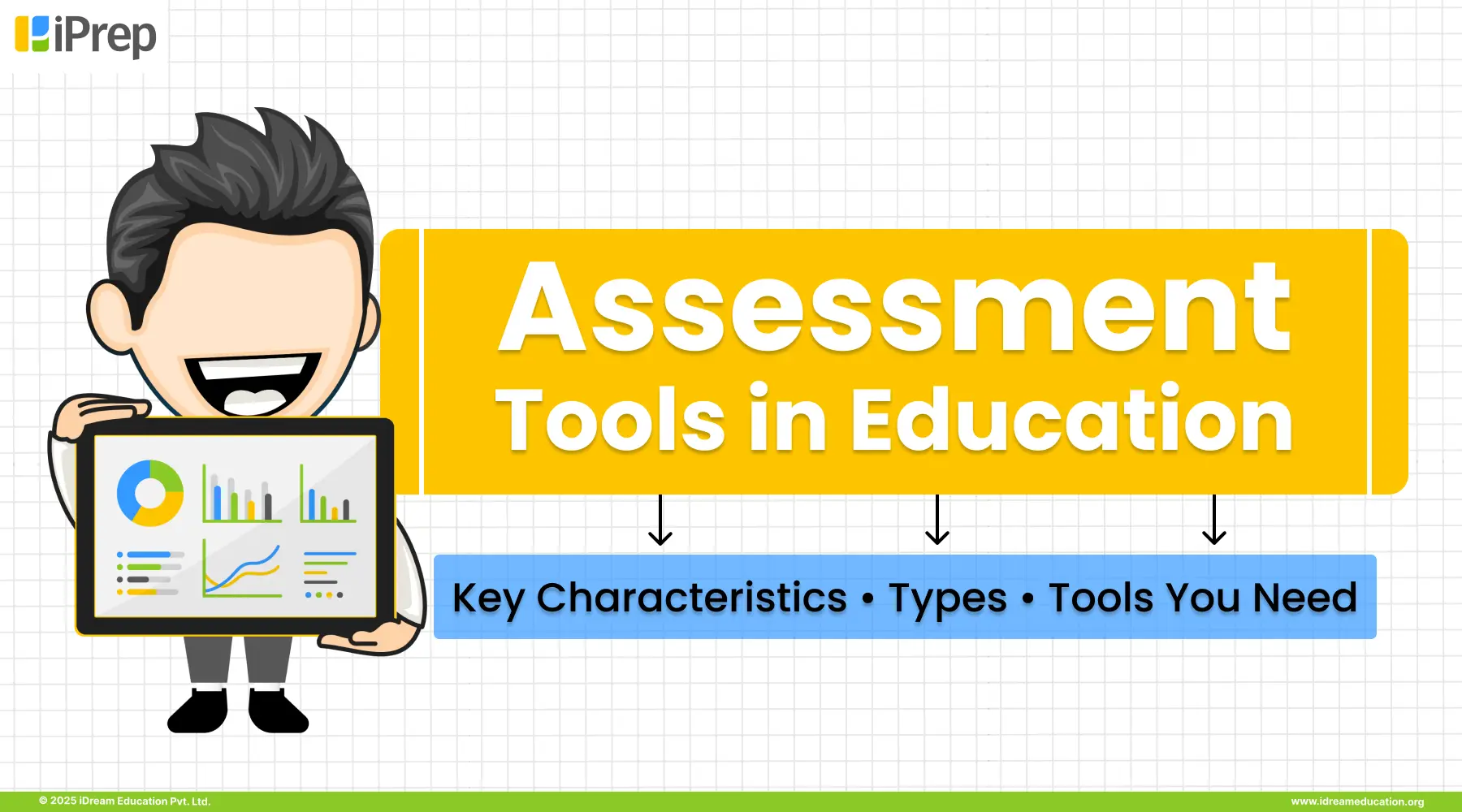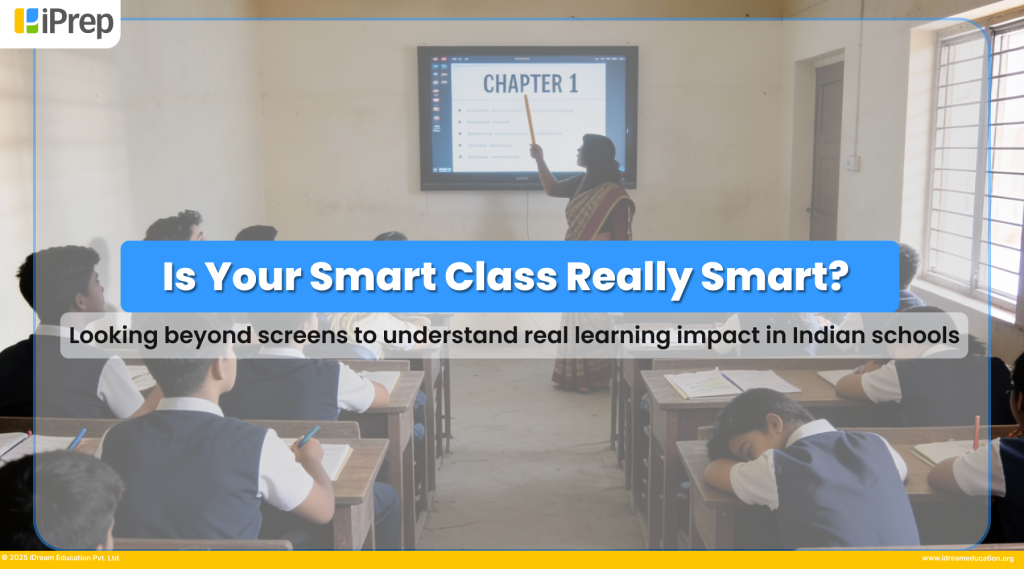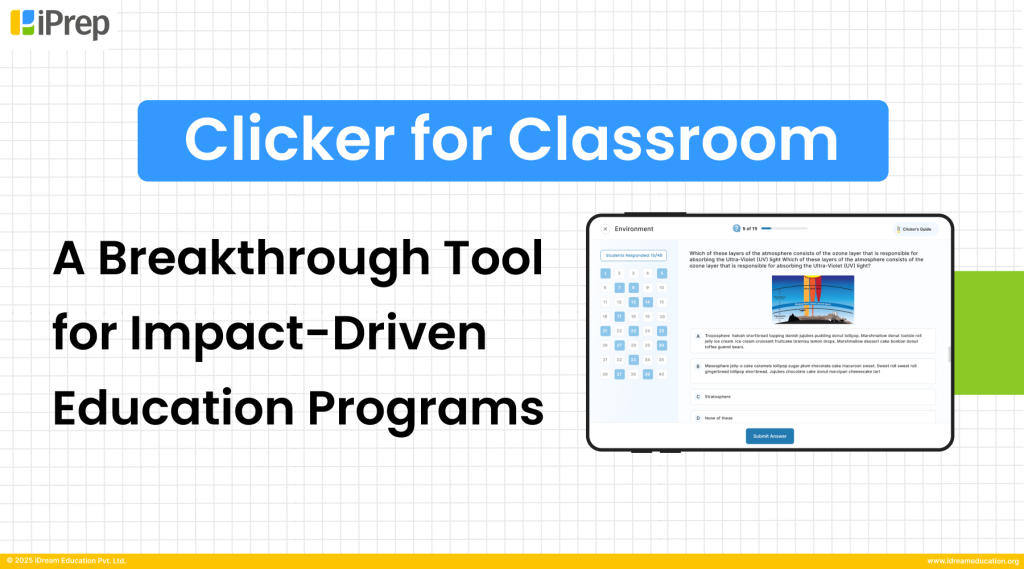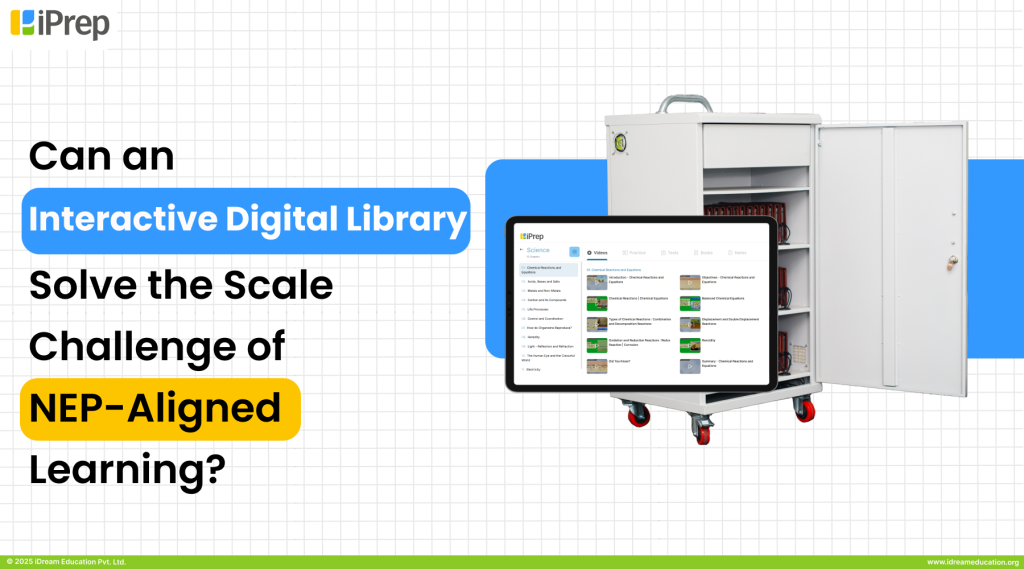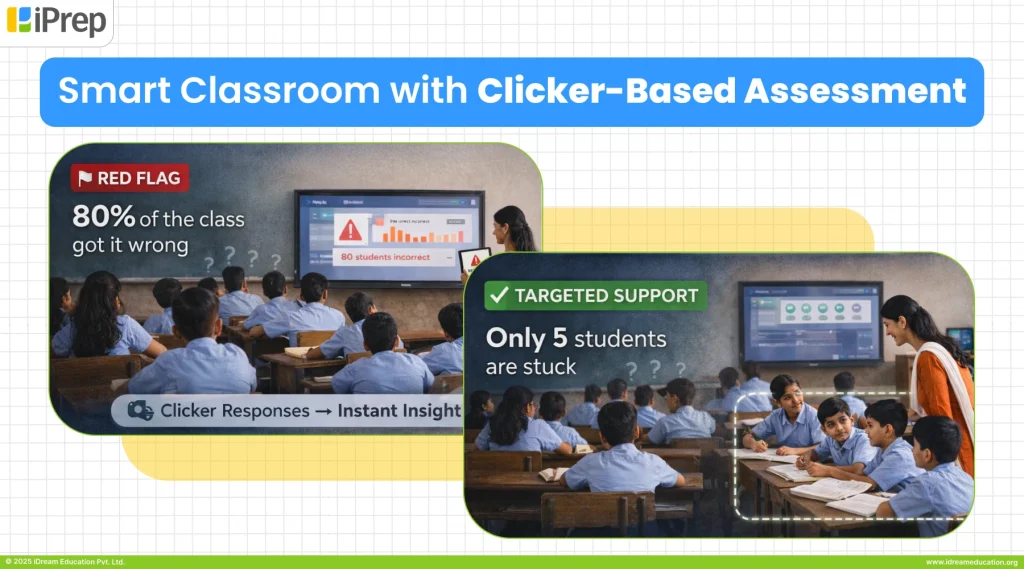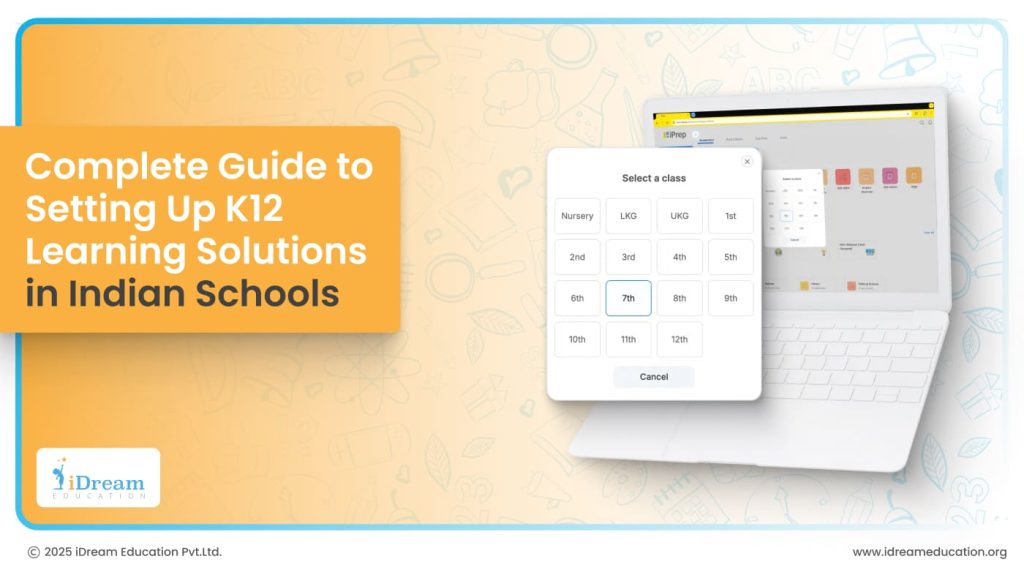
Indian classrooms are changing fast, but the challenges are evolving just as quickly. Teachers know they need to make lessons more engaging—but juggling curriculum requirements with keeping 30+ students focused? That is not an easy task.
Meanwhile, parents want to see real results from their children’s education. The problem is, quality learning tools aren’t available everywhere. National Education Policy 2020 has shown what education could become, but most schools are still figuring out how to actually make it happen.
That’s exactly where K12 learning management solutions come in. When carefully set up, they empower schools to blend tradition with technology, creating learning experiences that are engaging, visual, and actually get results that work just as well in a village as they do in a metro city.
Having digitised over 25,000 classrooms and impacted 15,00,000+ students, iDream Education understands these ground realities.
That is why we have created this guide to walk you through exactly how to set up a K12 learning solution tailored to your school’s goals, infrastructure, and student needs.
What is a K12 Learning Solution?
Think of a K12 learning solution as your complete educational toolkit for students from kindergarten through Grade 12.
It includes digital content that engages students, assessment tools to track real progress, and resources that support teachers. These solutions adapt to various boards; CBSE, state boards, — and work in Hindi, English, or regional languages, providing complete CBSE content and also Stateboard content
Modern K12 learning platforms integrate conventional teaching with new learning formats, including videos, quizzes, interactive simulations, and real-time analytics.
The ultimate goal is to promote universal access to learning and growth, ensuring quality education reaches every student in varied learning environments.
Why Indian Schools Need K12 Learning Solutions
Schools increasingly want learning approaches that blend classroom teaching with digital tools, giving students both traditional instruction and interactive experiences. Moreover, rural and semi-urban areas now have better access to affordable devices and reliable internet, making digital education possible in previously underserved regions.
K12 learning solutions are aligned with NEP 2020, which promotes digital education, competency-based learning, and multilingual content delivery. Also there is a need to personalise education and cater to students with varied learning paces, specifically in India’s linguistically and economically diverse classrooms.
When schools get K12 learning right, they can bridge learning gaps, improve teacher effectiveness, and make education more inclusive.
How to Set Up K12 Learning Solutions in Your School
Implementing a comprehensive K12 learning system requires careful planning and a clear understanding of your school’s unique situation. The process involves several vital steps:
Assess Your School’s Current Situation
Begin by evaluating your school’s existing teaching methods, technology readiness, available infrastructure, and student population characteristics.
Are you a low-infrastructure school with unreliable internet? Are your teachers adept with technology? Is your curriculum based on NCERT or a state board?
All of these factors will guide your decision of what kind of K12 learning solution will work best for you.
Tip: Involve teachers and school leaders in this evaluation process to ensure buy-in and clarity on ground realities.
Choose the Right Digital Content Partner

Here’s the thing about K12 solutions: your content provider can make or break everything. And therefore choose the provider that offers curriculum-based material across grades and boards with the flexibility to support various classroom settings.
When evaluating content providers, here’s what actually matters:
- Complete coverage for Grades 1–12 across CBSE, NCERT, and state boards.
- Content organised clearly by subject, chapter, and individual topics for easy navigation.
- Language options that include Hindi, English, and regional languages like Marathi, Bengali, and others based on your student needs.
- Engaging multimedia elements including videos, animations, interactive activities, and knowledge-check quizzes.
- Assessment tools that align with your curriculum and help track student progress effectively.
iDream Education’s iPrep K-12 LMS for classrooms, for example, delivers rich multimedia learning materials mapped to NCERT and State Boards.
It supports both structured teaching and personalised learning experiences, whether you’re dealing with high-tech urban classrooms or rural schools with basic infrastructure.
Finalise the Right Hardware and Access Mode
Once content is in place, the important question is how it shall be delivered to teachers and students.
Based on your infrastructure, choose between smart class setup with interactive flat panels (IFPs), tablet-based digital libraries, or pen drive/SD card kits for completely offline delivery.
In schools with unreliable internet, ensure content is accessible offline. iDream Education has developed solutions like Smart Class and K12 tablets with remote and resource-limited schools in mind.
Provide Comprehensive Teacher Training
Teachers are central to making any K12 learning solution work effectively. Even experienced educators need proper training to maximise the potential of new digital tools and content.
It is necessary to provide teachers with hands-on onboarding training and demonstrations covering content usage, assessment tracking, and lesson customization techniques. Apart from that create peer learning circles and support systems including helplines and technical assistance for ongoing troubleshooting needs.
With the right training, teachers feel confident to use digital resources into everyday lessons, maximising the ROI of your setup.
Build a Student-Centric Learning Flow
Digital tools must adapt to the diverse linguistic, economic, and academic realities of Indian classrooms.
Make your K12 learning solution inclusive by offering bilingual and regional language content. Allow students to revise content after class through tablets or app access. Also employing gamified activities and visual content help to enhance engagement.
With iPrep, schools can customise learning pathways while ensuring universal accessibility across languages, grade levels and diverse infrastructure conditions.
Monitor Progress and Measure Outcomes
K12 learning must enable schools to track improvement over time. Establish regular evaluations using chapter-wise formative and summative assessments. Monitor progress with reports that track how often content is accessed and completed. Dashboards monitor individual and class-wide progress and help create comparative analysis of baseline and end-line test scores.
iPrep simplifies this entire process with integrated assessment modules and real-time performance tracking. It helps teachers to support each learner’s journey with greater precision and care.
This data-driven approach allows schools to show measurable impact and continuously improve learning outcomes.
Challenges to Expect and How to Overcome Them
While the benefits of K12 learning are significant, implementation can face a few roadblocks:
- Resistance to change among teachers: Counter with regular training and peer mentoring programmes.
- Infrastructure limitations: Start with offline, low-tech solutions that scale later.
- Difficulty in curriculum mapping: Choose providers with board-aligned content from the start.
- Low student engagement: Use interactive, gamified formats and regional language content to maintain interest.
K12 learning solutions are not a plug-and-play investment. They need careful execution and ongoing feedback. But when you get it right, these solutions can dramatically improve the entire learning experience for every student, everywhere.
Key Takeaway
K12 learning solutions are no longer a future adjunct. They now form the foundation of inclusive, effective, and modern education in India.
Whether you are a government school seeking last-mile access, a private school wanting to enhance pedagogy, or a CSR programme striving for digital equity, the right K12 solution can revolutionise how students learn.
iDream Education empowers schools and educational programmes with an integrated suite of K12 learning solutions that are inclusive, accessible, and designed for measurable academic impact.
Our partner-first approach includes:
iPrep Digital Class
Transforms traditional classrooms into interactive learning environments with multilingual content support.
iPrep Digital Library
Tablet-based digital library offering self-paced and outcome-focused learning.
iPrep Tablets
Educational devices that come pre-loaded with curriculum content and work without internet connectivity while tracking student usage.
iPrep PAL
Adaptive learning technology that adjusts to individual student progress and provides personalised concept mastery support.
iPrep App
A unified learning platform that works across Android, Windows, and web browsers for flexible access.
For more information, you can reach us at +91 7678265039. Alternatively, you can also leave your details here or email us at share@idreameducation.org.


